зБЂжЫЬжЧ•, 10жЬИ 12th, 2010...3:31 PM
Mitokusan Sanbutuji Nageiredo Part2
Reading time: About 5 minutes
Mitokusan Sanbutuji Nageiredo Part2Monjudo is designated as an Important Cultural Property by the government and we know was built in Azuchi-Momoyama period. You can go around Monjudo. The view is amazing. There is days that you can actually see the Japan Sea. The same technique as Kiyomizudera is used to build Monjudo, a technique called kakedukuri that is used to build on steep slope or a cliff. There is a railing at Kiyomizudera but not here so you can feel a fright.
The man I climbed with. He came from Nagoya. He visited Iwami Ginzan Silver Mine, Izumo Taisha, and today, he came over to Mitokusan.
From now on, we will walk on rocky Onemichi. Soon you will reach Jizoudo.
Like Monjudo, Jizoudo is also built on a cliff. The deck is narrowed outward to let the water out so it is scary to stand just like Monjudo. Jizoudo is also designated as an Important Cultural Property by the government. It is said that this was built in Muromachi period.
Next you will see Shouroudo. This bell is 1.15 meters tall and weighs 3 tons. This was built in Kamakura period. It was mostly repaired during Taisho period however, it is a mystery how people carried this bell when there were no helicopter. Every mountain climbers strike the bell.
After Shouroudo is the most difficult path, Umanose and Ushinose. It doesnвАЩt seem like a difficult path since it is covered with trees, but either side is dangerous cliff. You need to be extra careful.
As you safely pass Ushinose, you will find Nokyodo that was built in Heian period and Kannondo and Motoyuikakedo that is built inside a cave.
As you go behind Kannondo and around narrow path on a cliff, you will suddenly find Nageiredo.
I cannot explain how elegant Nageiredo is. When I saw it, it felt like the time has stopped and I stood there without a word. It will be better to see the pictures of Nageiredo than explaining in words. It is amazing how a temple is built in such place.
You can get close to the main hall but you cannot get in. Below the Fudoudo on the right of the main hall is the goal of this trail. Here is a good place to take pictures.
On the right is the main hall and on the left is Aizendo, which is also designated as an Important Cultural Property by the government.
According to the legend, in 706, an En no Gyoja (Japanese ascetic) who could fly threw the hall that was built on the foot of the mountain into the cave using dharmic power. This is the reason why the main temple and Aizendo are together called Nageiredo (throwing hall).
It is understandable to believe the story because it is hard to believe that men can build such thing in such place without magic.
According to the age of the wood used, Nageiredo was built in the end of Heian period (end of 11AC). How it was constructed is still a mystery.
It is aiming for the UNESCO World Heritage Sites.
Legs that supports the building. It seems like they are just standing on the rock. I wonder why it wonвАЩt slip.
I wonder how you get in.
After staring at Nageiredo for a while, I promised to come again and decided to head back.
Going down is even more dangerous than going up. We went down the steep cliff with extra extra care.
On the way, we took a break at Monjudo. This is a place where I recommend where you can see a superb view and feel the fright.
We begin climbing around 8:30 and it was past 10 when we were going down from Monjudo. Around this time, the people climbing increase. There will be many people waiting for the line to clear at Kazurazaka and Kusarizaka
We came back to Shikuri Bridge after 2 hours of climbing. We returned the loop-shaped monk’s stole and wrote down the time we came back. We were able to finish our ascetic practice. It was fun climbing with straw sandals.
There are Treasure Hall too and the principal image is to display.
Outside the temple, there is a place where you can see the Nageiredo without climbing. However, Nageiredo looks beautiful in eyes of those who went through the ascetic practice of climbing. I felt so when I saw the Nageiredo from here.
Here is some extra article. I stopped by Misasa Onsen on the way back. I went to the original water, Kabuyu.
It has been renewed on May of 2010. The outer look and the tub are both clean. I washed off all my sweat and fatigue at this public bath.
There is a place where you can get drinking water in front of Kabuyu. The local people were there to fill a tank. This water is good when used for tea. I drank a sip and felt like the water was rich in minerals.
There was a Kawara buro near Misasa Bridge, another place I recommend.
This is Kajika frog, a symbol of summer in Misasa Onsen. It crys like вАЬli li li, li li liвАЭ. It is also known to be a lucky charm of matchmaking.
Related Post
*Mitokusan Sanbutuji Nageiredo Part1









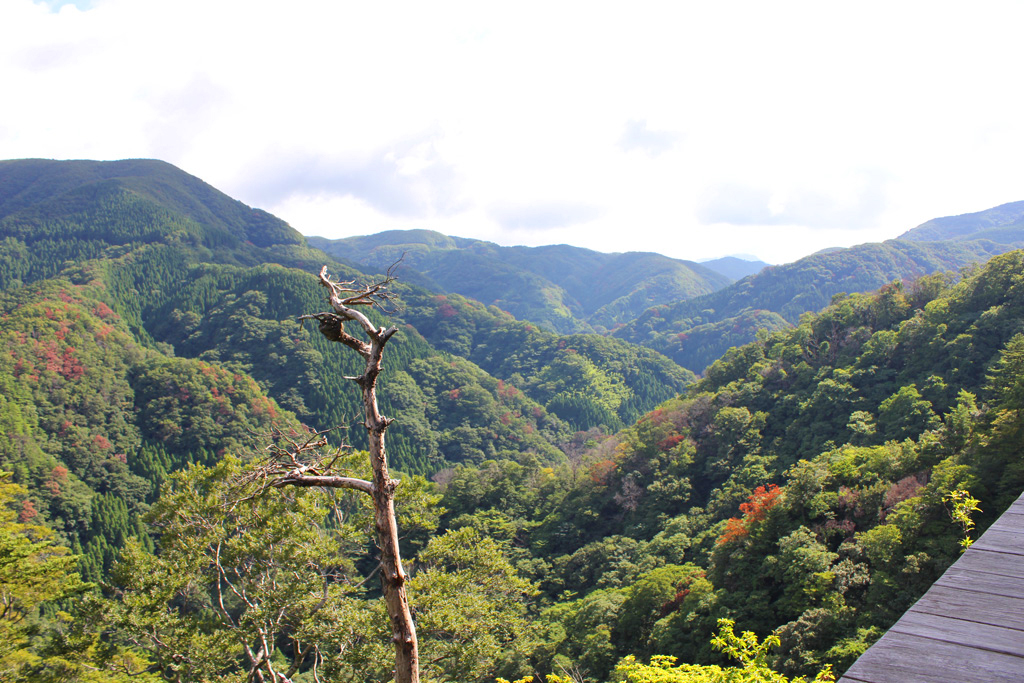
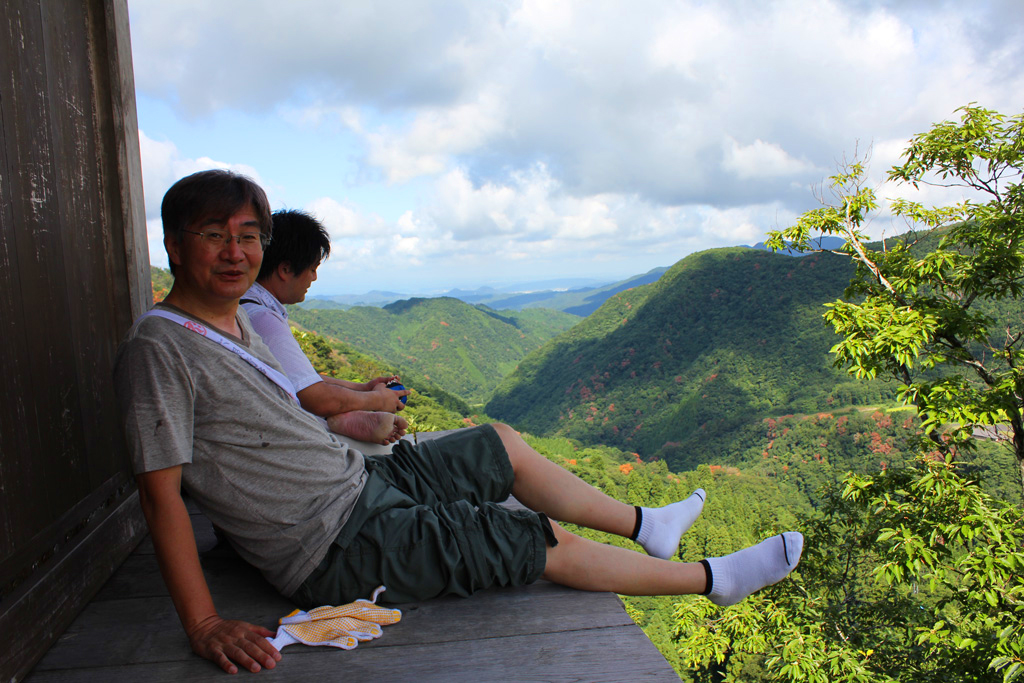
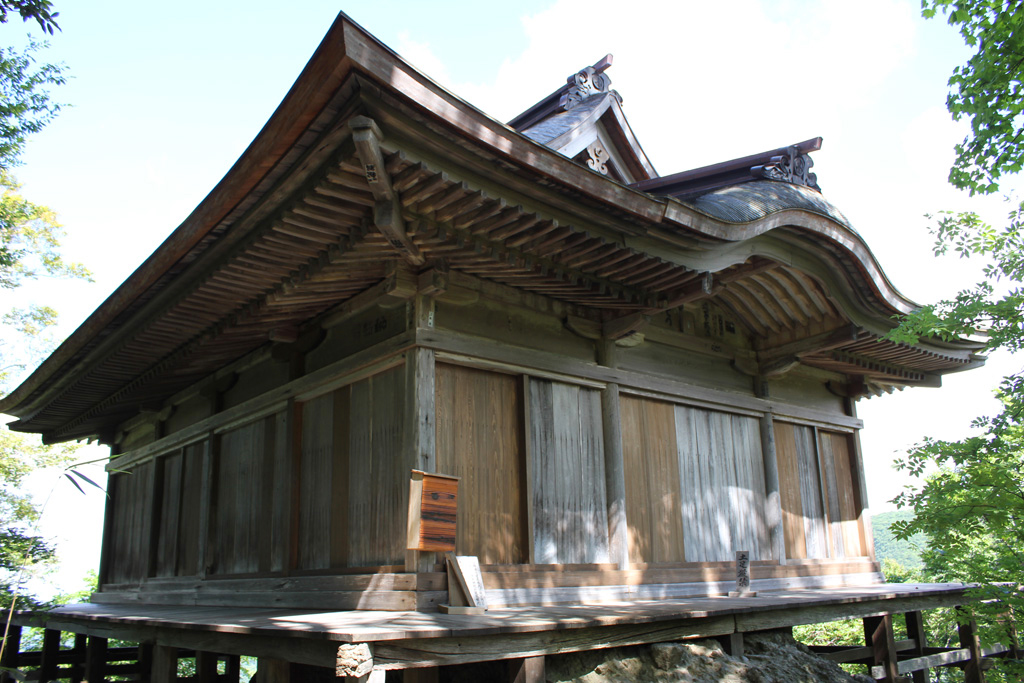
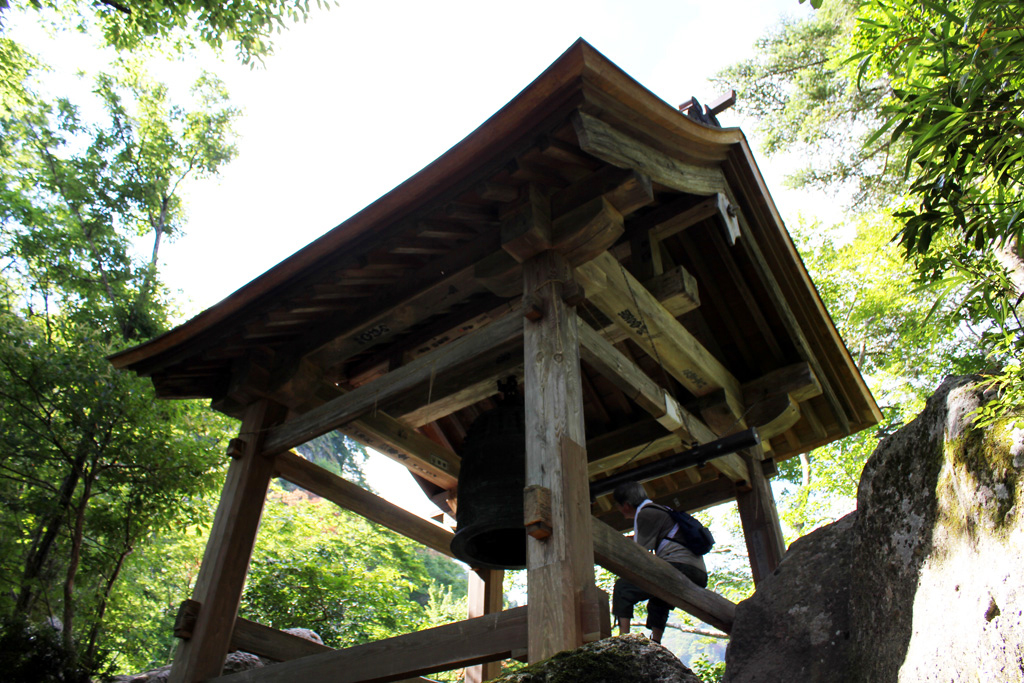
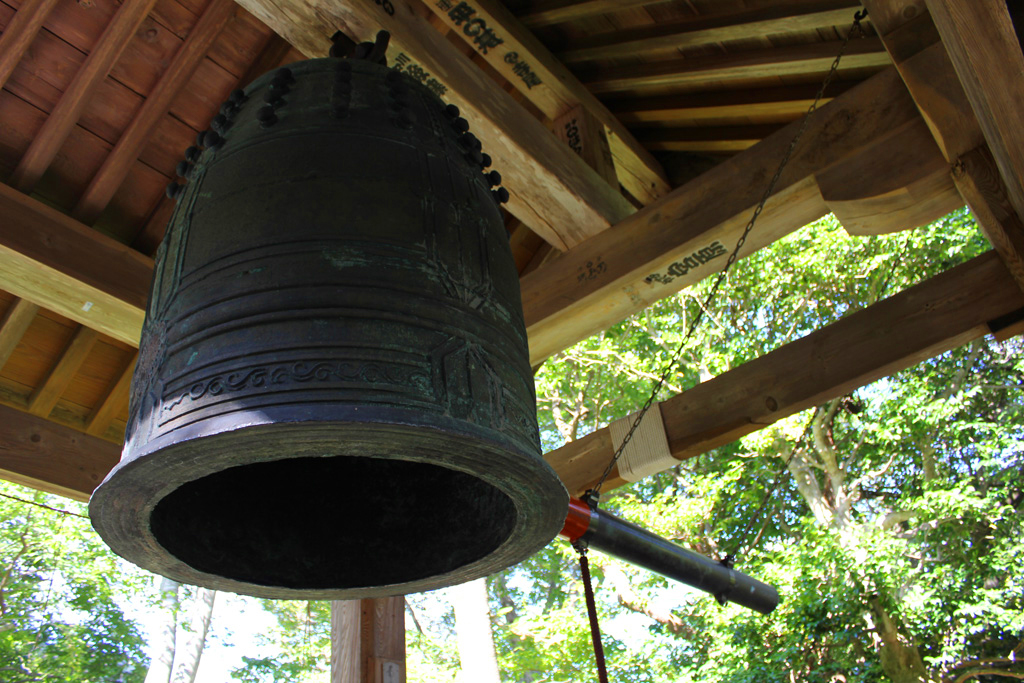
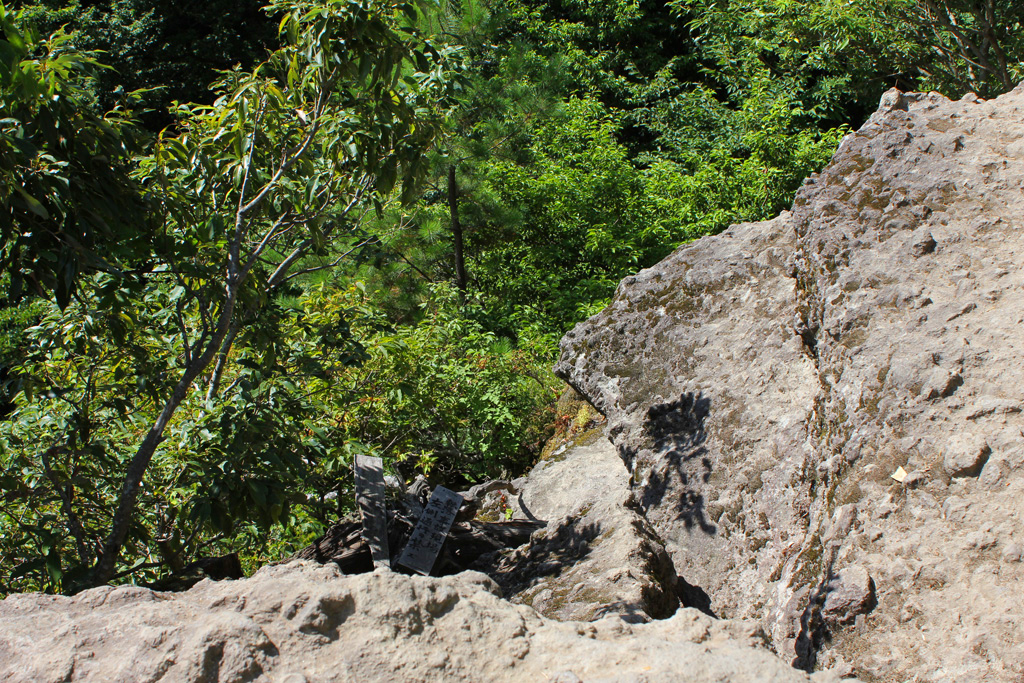
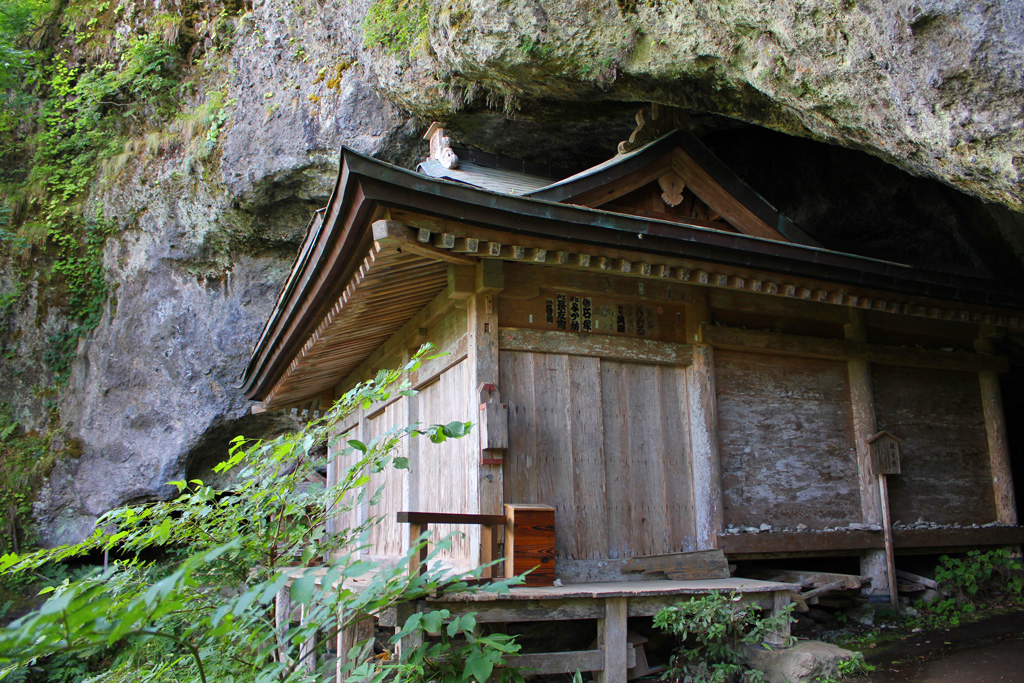
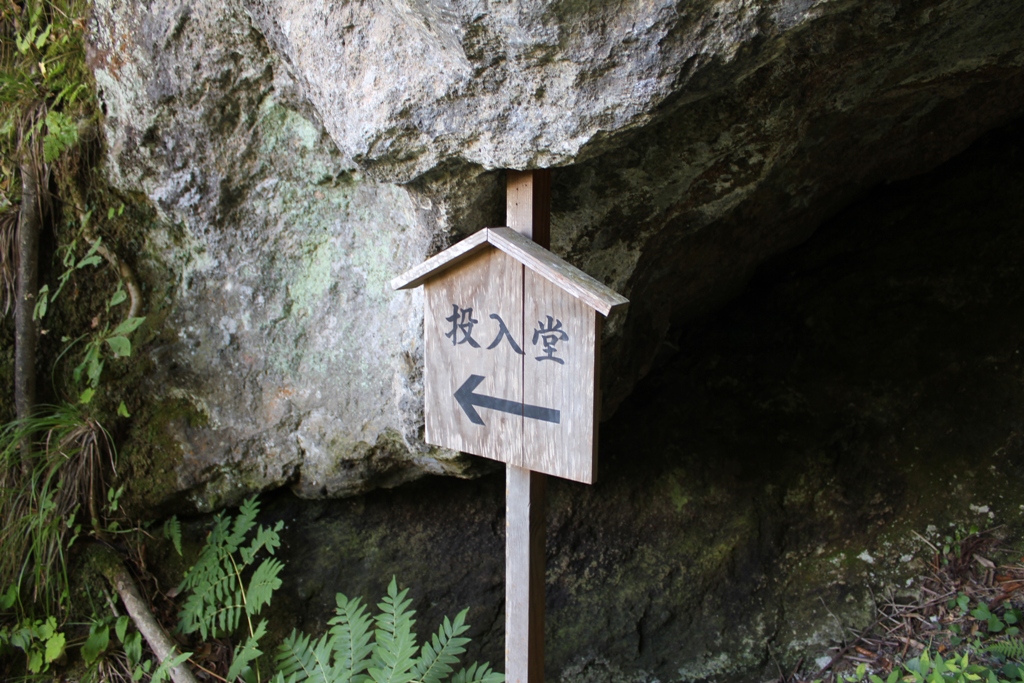
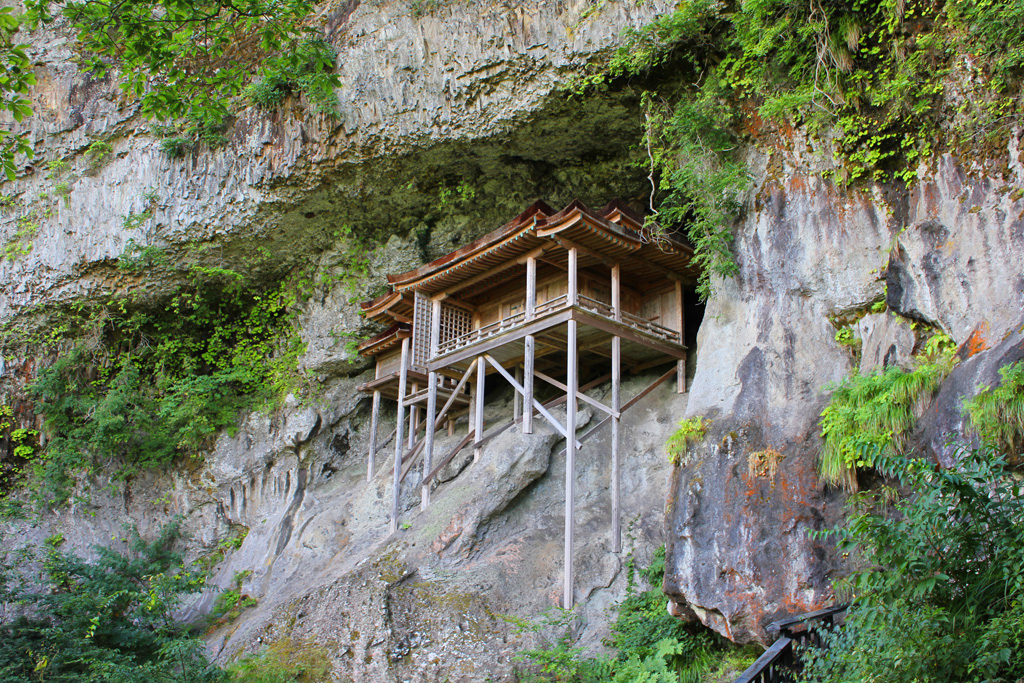
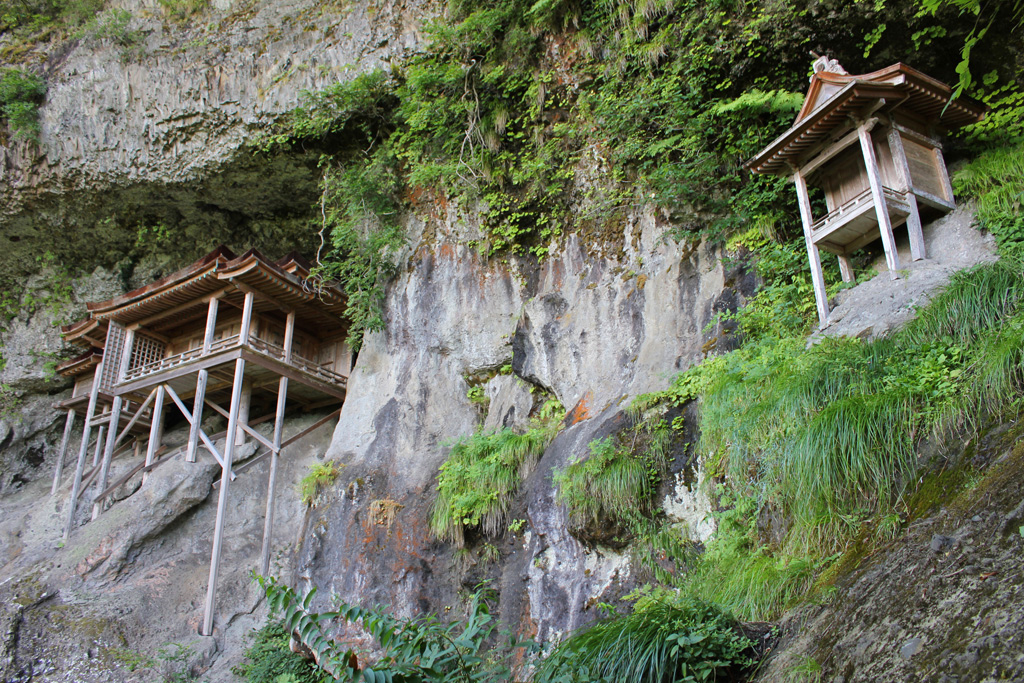
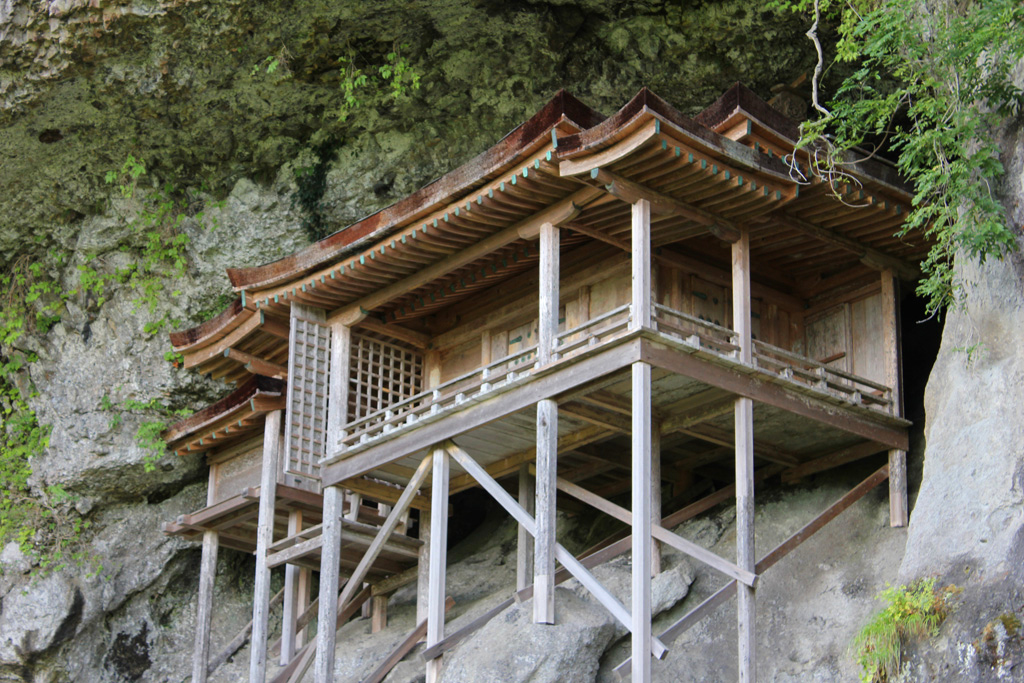
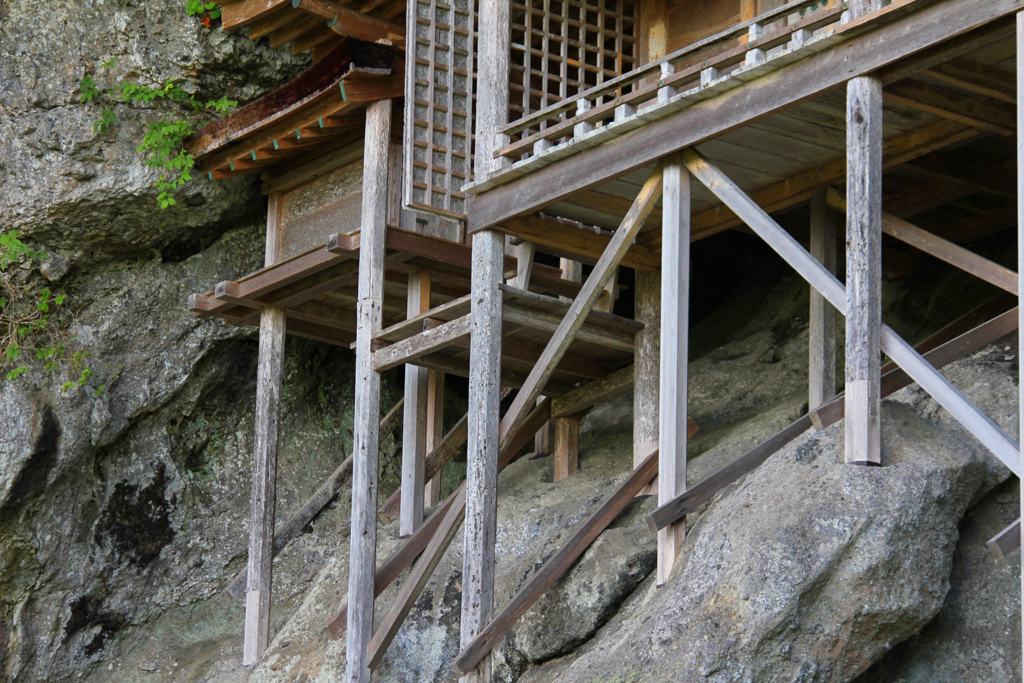
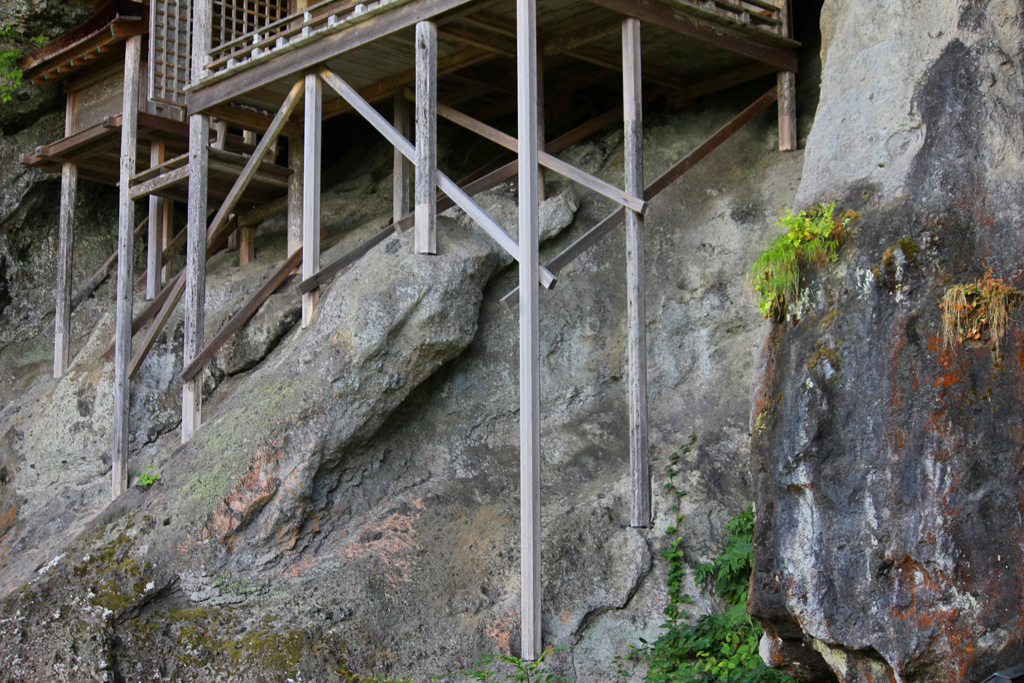
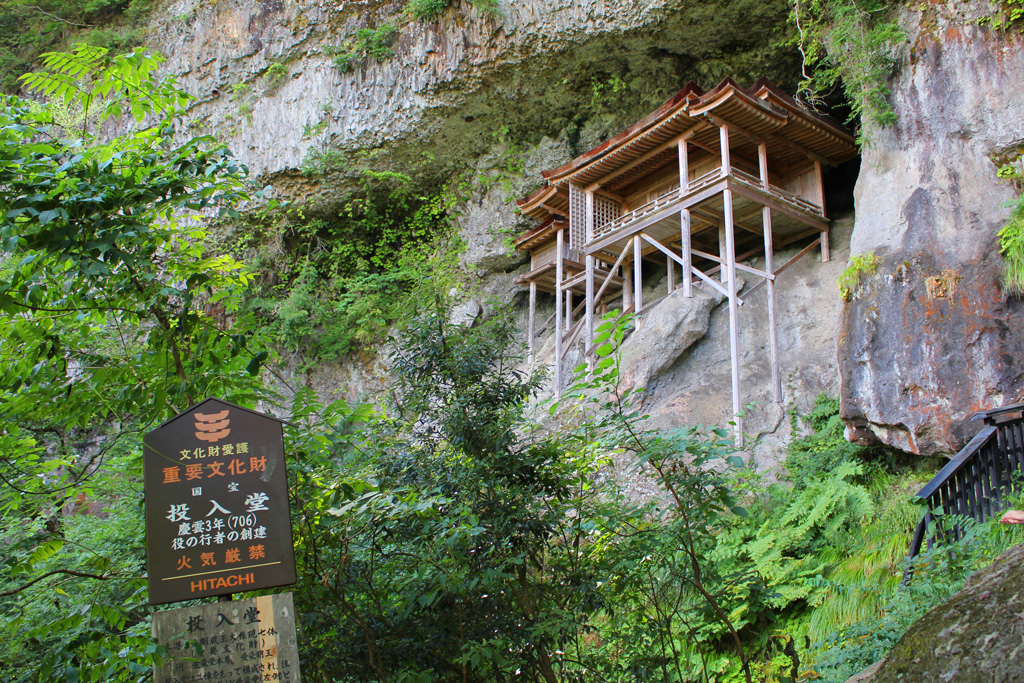
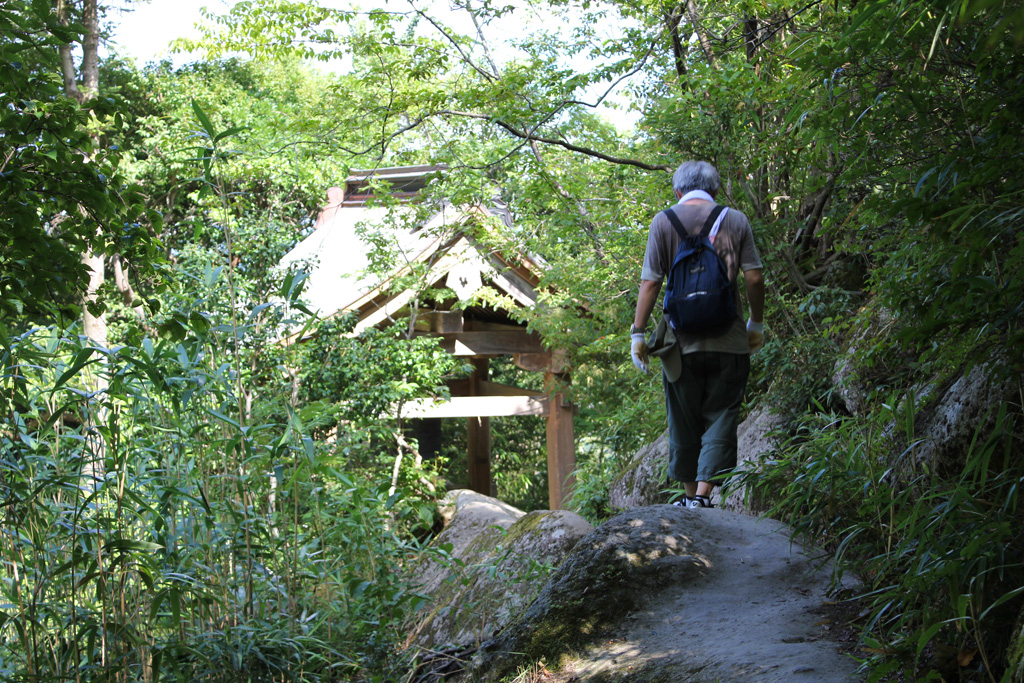
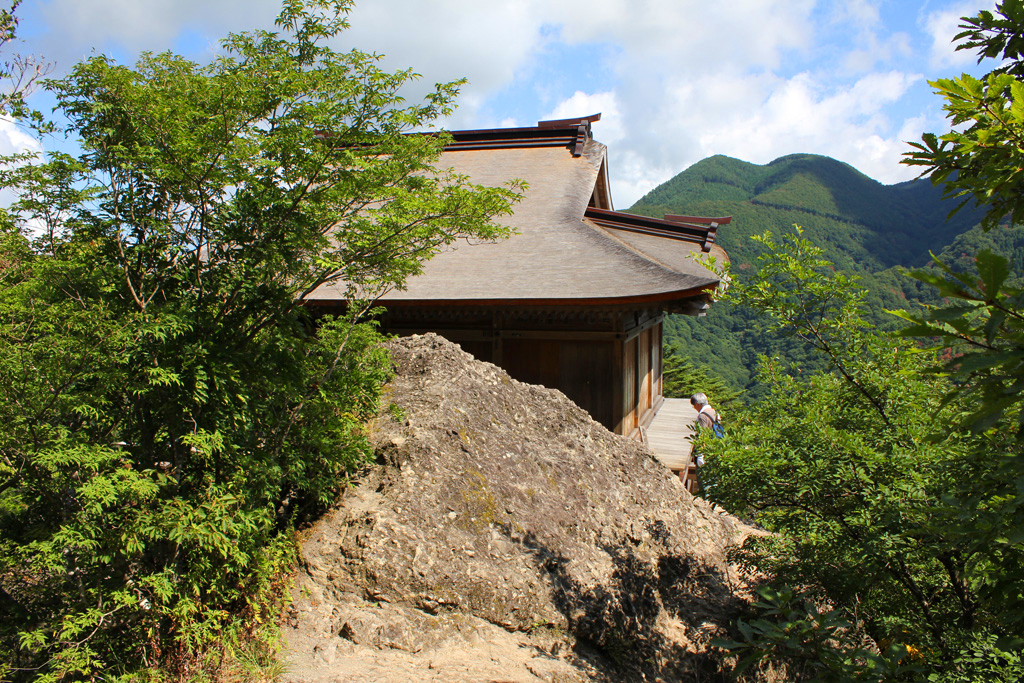

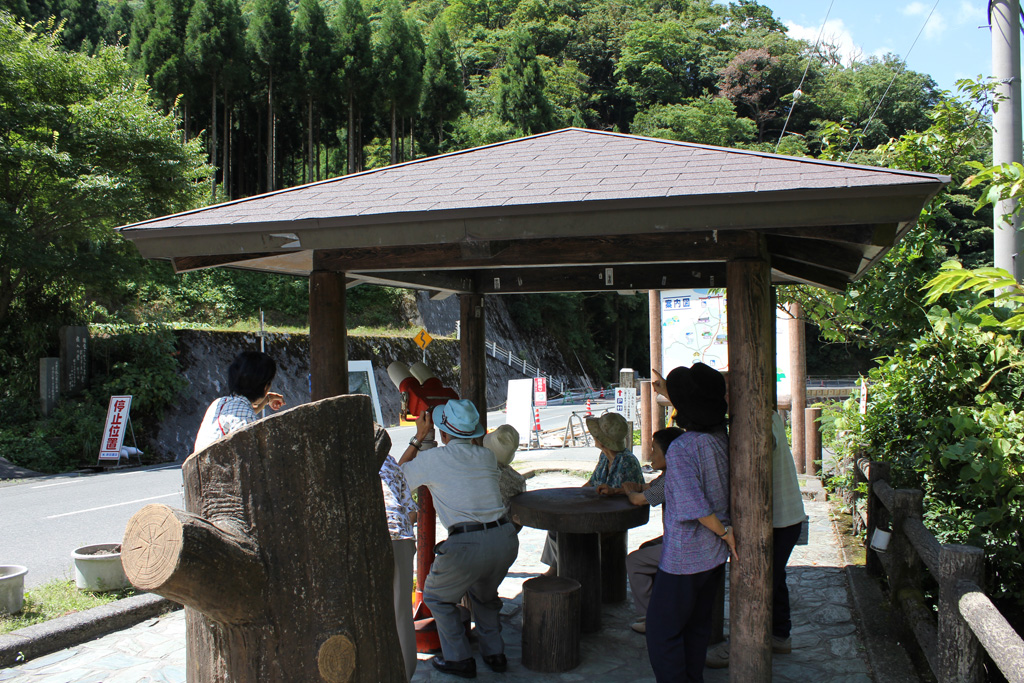
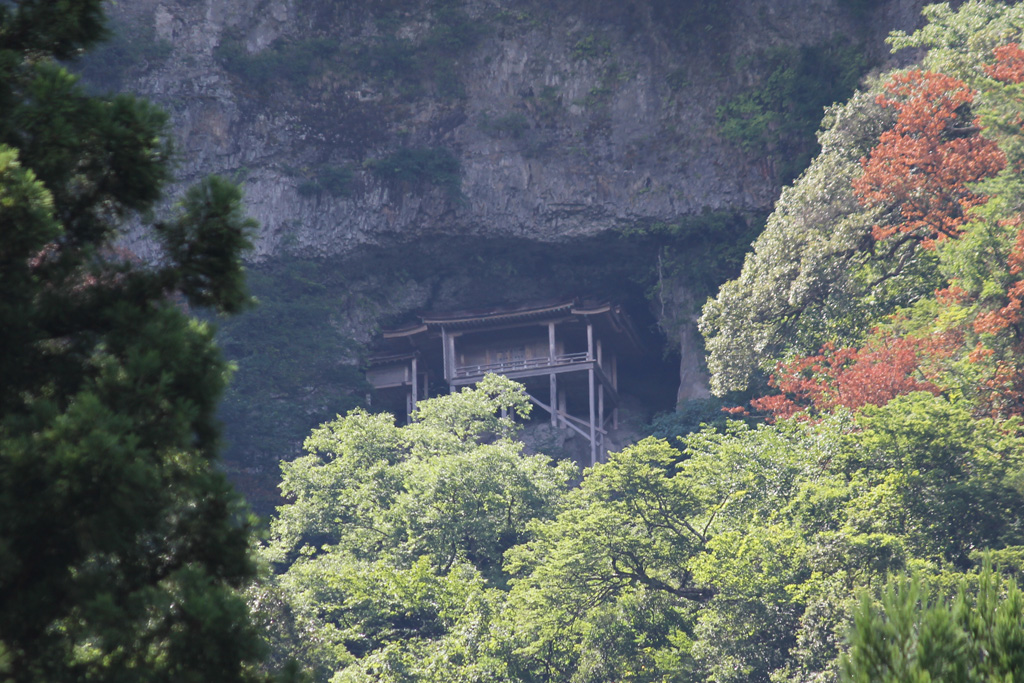

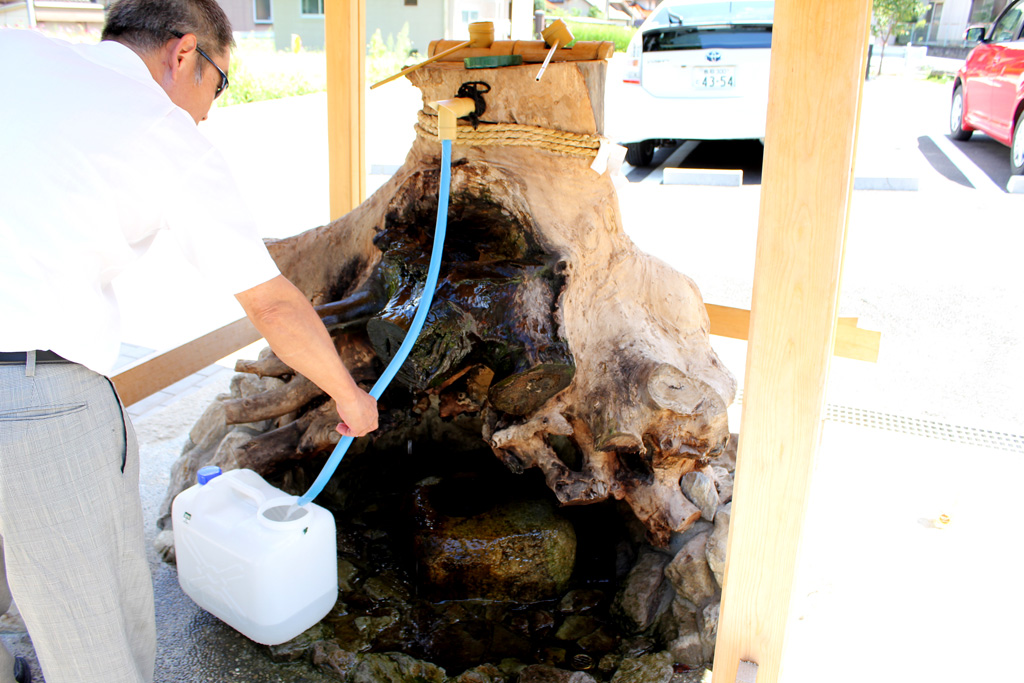
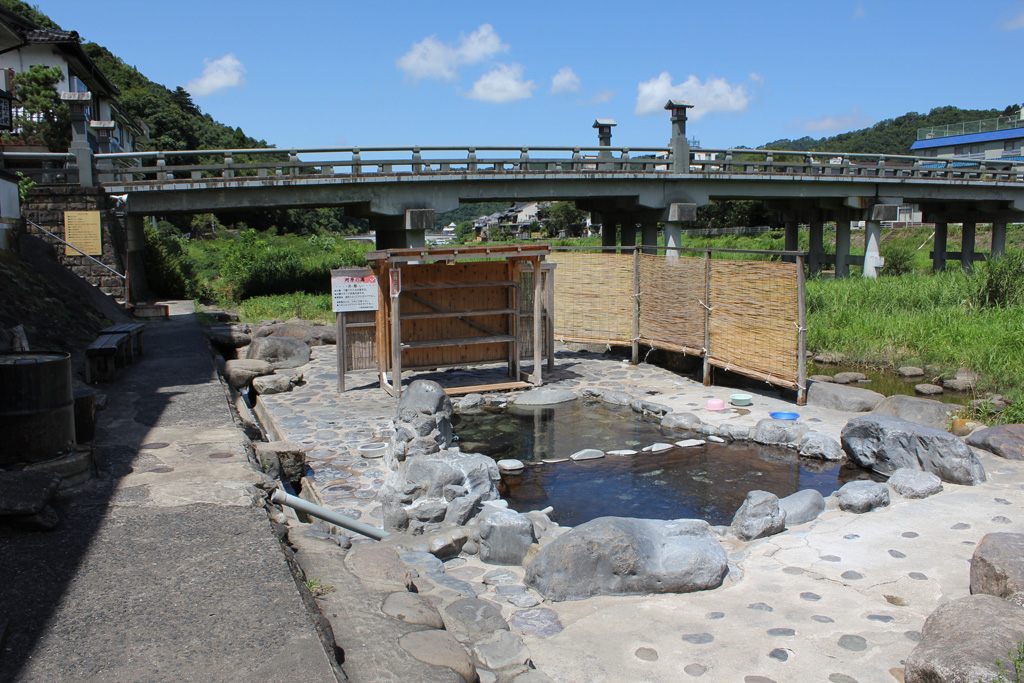












2 Comments
11жЬИ 29th, 2010 at 11:03 PM
Thank you for the story! Recently have seen a TV programme on NHK about the temples – amazing.
11жЬИ 29th, 2010 at 11:47 PM
>Lenka
Thank you for the comment! Which program did you watch on NHK?
Leave a Reply